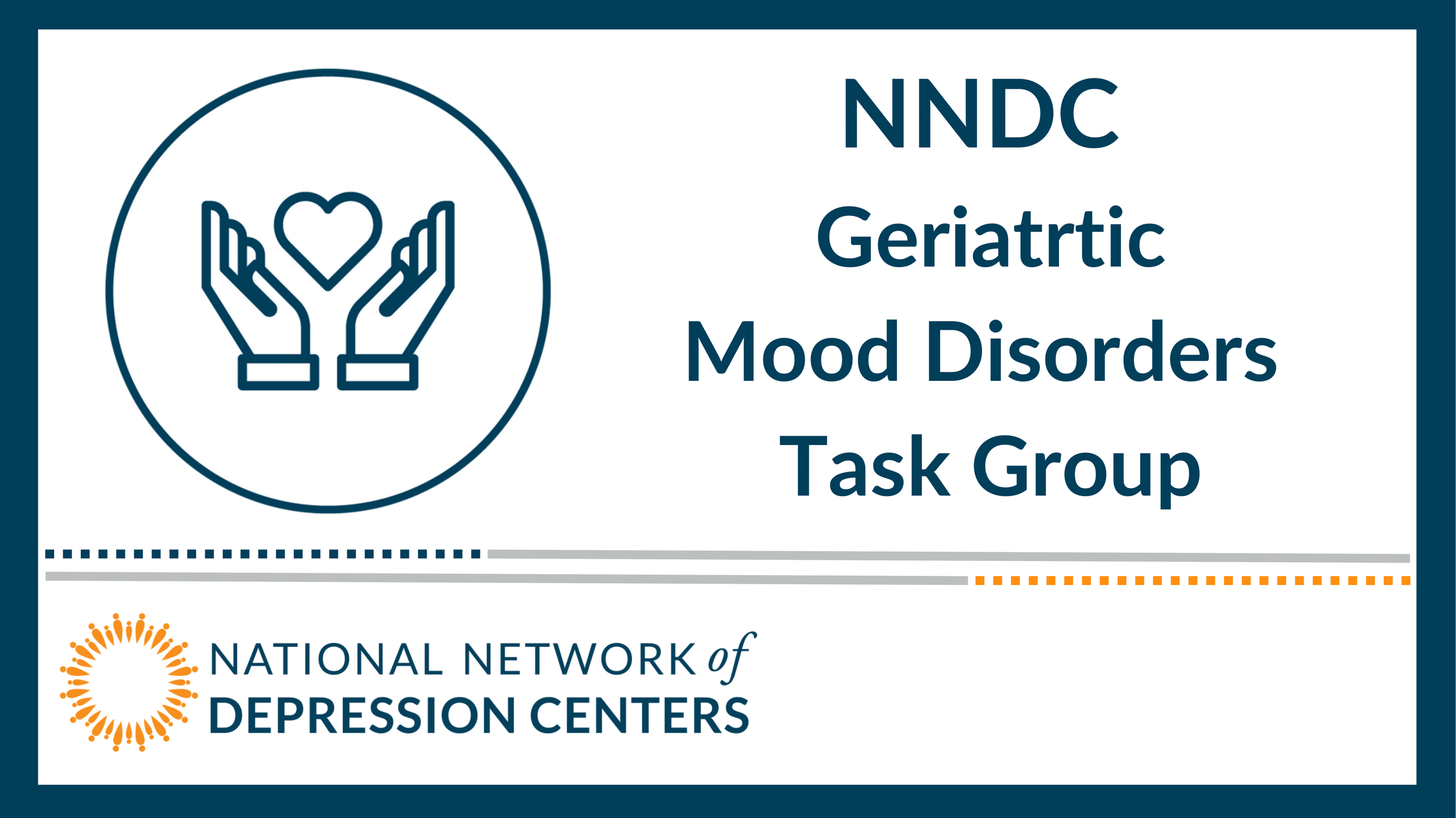Results and Impact Shared of 2019 PCORI Grant Awarded to DBSA and the NNDC Geriatrtic Mood Disorders Task Group
This PCORI.org News Hub post describes the results and impact of the 2019 grant awarded to DBSA/NNDC’s Geriatric Mood Disorders Task Group. The team, led by Co-Chairs Dr. Sara Weisenbach and Dr. Antonio Teixeira, is currently supporting Dr. Lokesh Shahani in publishing the analysis of a year’s worth of survey data. DBSA partnered with the National Network of Depression Centers to create a faster approach from evidence to action through collaboration of patient and researcher voices through the survey.
Placing Patient and Peer Voices at the Forefront: Engagement Projects Focus on Mental Health
Mental health conditions impact individuals across age, income, racial, and ethnic groups. One in five people in the United States will experience a mental health condition within a given year, and more than 50 percent will receive a mental health diagnosis at some point in their lifetime. Using engagement tools to build patient and other stakeholders’ capacity for patient-centered outcomes research and comparative clinical effectiveness research (PCOR/CER), two PCORI-funded project teams have made significant advances regarding mental health amongst two distinct population groups: graduate students and older adults.
Investigating Care Models to Support Older Adults with Depression and Health Comorbidities
“Seniors experiencing depression have 50 percent higher medical health care costs than seniors who don’t,” states Andrew Smith, LSW, MPH, of the Depression and Bipolar Support Alliance (DBSA). He and Engagement Award project lead Phyllis Foxworth, B.S., have worked to engage older adults in capacity building for PCOR/CER to address mental health outcomes in seniors experiencing health comorbidities.
As a result of the project team’s convening of stakeholders including researchers, clinicians, advocates, and older adults experiencing depression and their care partners, two guidance documents were created to inform researchers and laypeople of areas where comparative effectiveness research (CER) can help address gaps in peer-defined research priorities. Foxworth states, “the single most important takeaway from the creation of these documents is to instill confidence in those reading the guidance by showing that it came directly from the community.”
DBSA also convened a group of patients to design a survey about the experience of living with depression and bipolar disorder “by peers that peers would take.” DBSA partnered with the National Network of Depression Centers to create a faster approach from evidence to action through collaboration of patient and researcher voices through the survey.
Looking forward, the project team is utilizing the created tools for further engagement of older adults, aiming to publish guidance documents in a journal and present at conferences. Foxworth further emphasizes the importance of including the peer voice upstream in future research studies.
Engaging the Academy to Address Underrepresented Graduate Students’ Mental Health Needs
An additional population of focus was graduate students facing mental health challenges. For Evelyn Vázquez, Ph.D., of Regents of the University of California, Riverside (UC Riverside), personal experience and doctoral dissertation work provided first-hand insight into a startling statistic: graduate students are six times more likely to experience depression and anxiety than the general population. “I started seeing more critically how grad school can exacerbate certain risk factors and mental health conditions,” she shares. This finding brought to fruition an Engagement Award project to engage graduate students facing mental health challenges, focusing on individuals from historically marginalized communities.
To enhance capacity building for PCOR/CER amongst this population, Vázquez knew that placing the patients’ perspective at the forefront would be required to enable a narrative more inclusive of other stakeholders’ perspectives. While the process required “development of trust and prevention of re-traumatization,” she emphasizes that patient input from the graduate students was essential to create podcasts, a PhotoVoice gallery, and workshops displaying issues these stakeholders faced.
Inclusive language and flexible, accessible communication styles were as essential as the voices being heard. Subtitles of various languages were placed on the YouTube videos developed through the project, and the photovoice gallery included audio recordings to support additional engagement. As Vázquez shares, patient input is key to “create safe spaces for [students] to feel comfortable, and most importantly, to know that they have a voice.” The next step for directly highlighting these voices while maintaining that safe space will be facilitating workshops to promote well-being in academia.
Conclusion
These two Engagement Award projects demonstrate that placing patient and peer voices at the forefront of engagement facilitates narratives created by these experts themselves, and inclusive and collaborative engagement tools have proved invaluable to building capacity for mental health PCOR/CER within stakeholder communities.
Source: PCORI website
